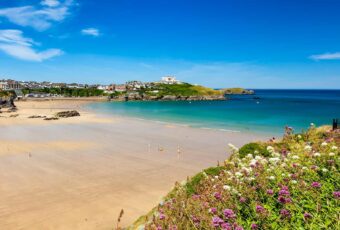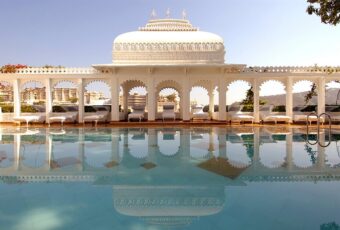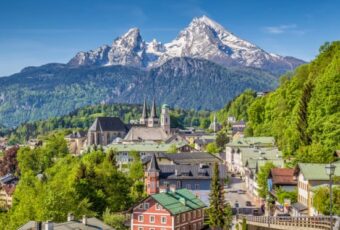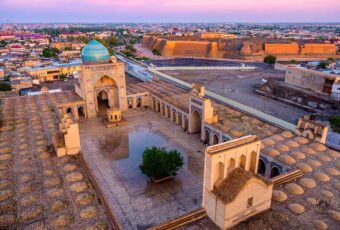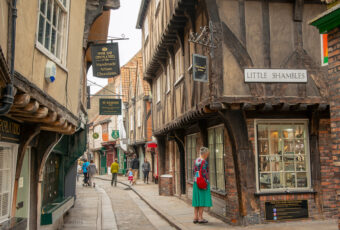Antelope Canyon, Arizona
What you’re seeing in the photo below is completely unblemished, #nofilter. Antelope Canyon is a highly popular location for photographers and sightseers alike, and is also a source of tourism business for the Navajo Nation. Plus, it doesn’t require any climbing so it’s quite accessible. There are also beams which are shafts of direct sunlight that radiate down from openings in the top of the canyon which provide breathtaking views such as this.
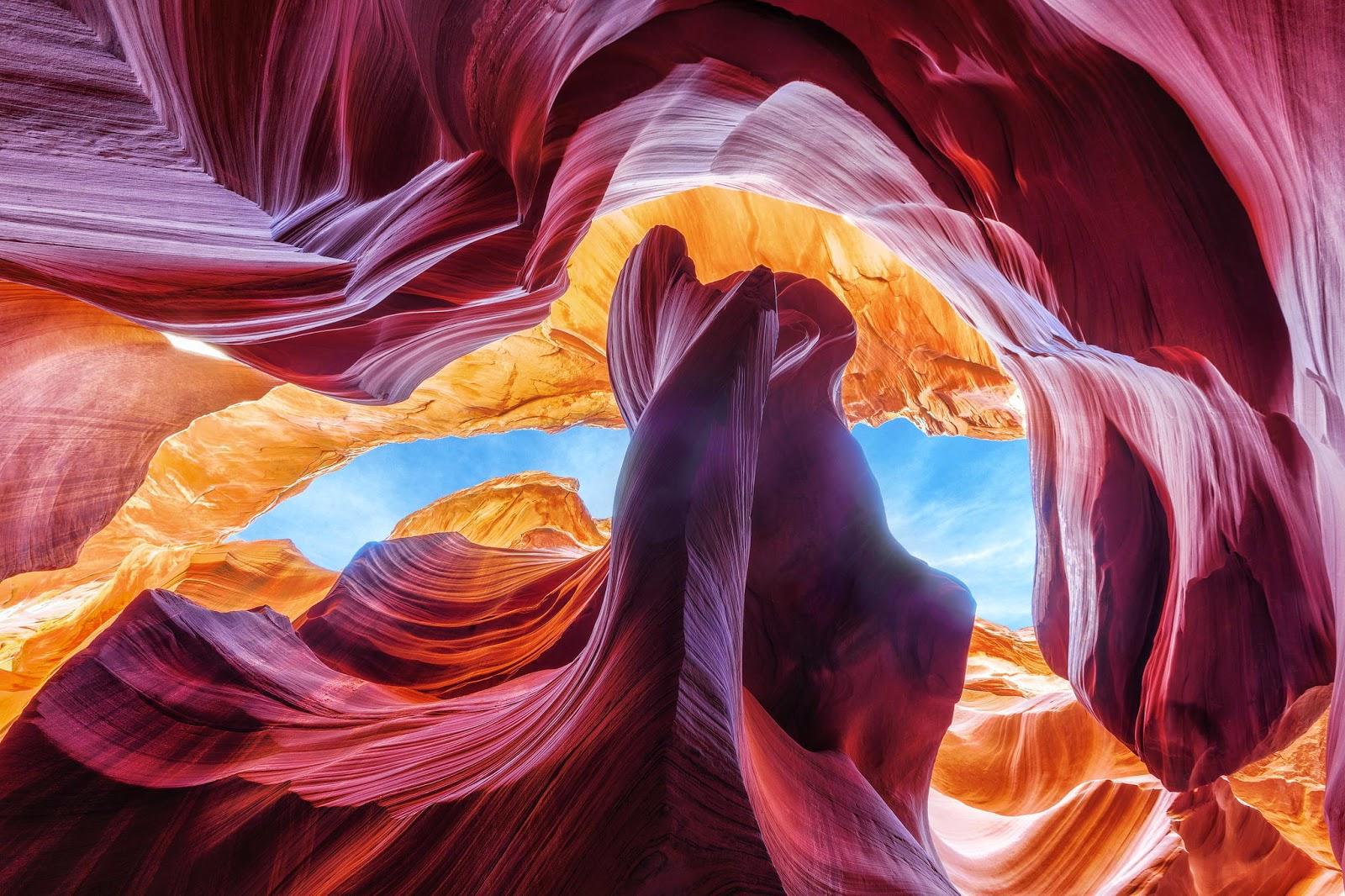
Antelope Canyon, Arizona
Carlsbad Caverns, Guadalupe Mountains, New Mexico, CA
There are two entrances to this incredible park, you can hike on your own via the natural entrance or you can take an elevator from the visitor center – either way is totally worth it. The cave chamber is the fifth largest chamber in North America and the 28th largest in the whole world. You can see bats fighting, star parties and can witness major astronomical events.
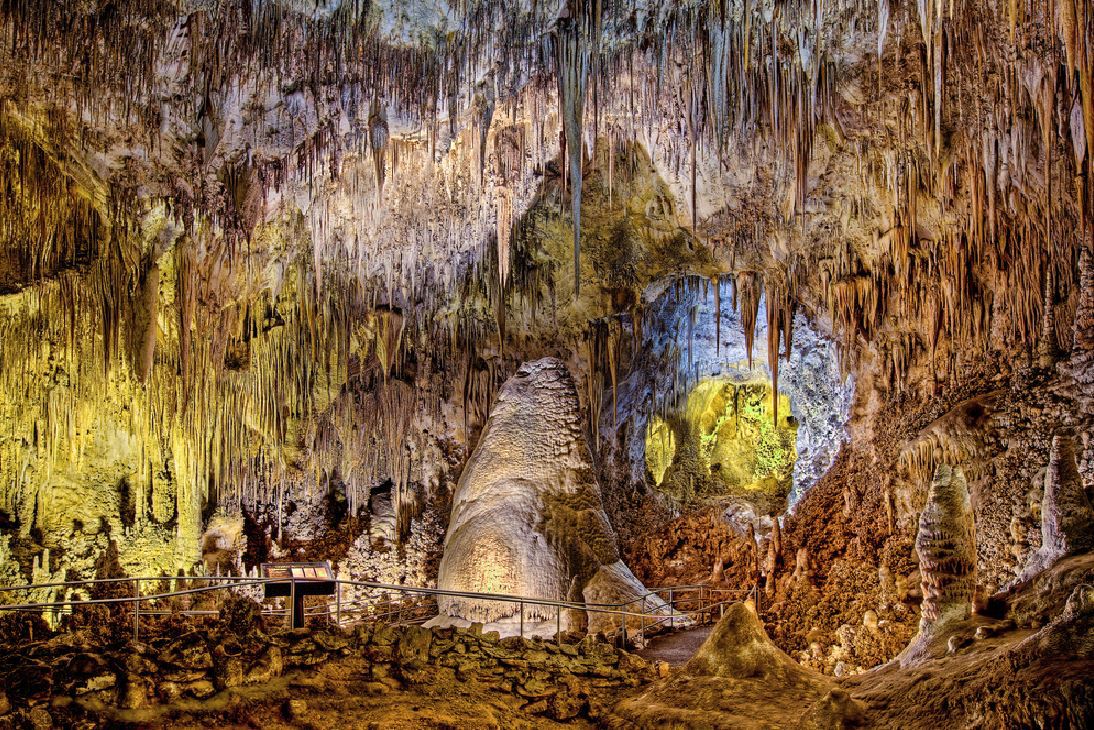
Carlsbad Caverns,Guadalupe Mountains, New Mexico, CA
Dry Tortugas, Florida
The Spanish explorer Ponce de León gave the Dry Tortugas their name back during his first visit in 1513. They were originally given the name Las Tortugas (The Turtles) because of the 170 sea turtles taken on the islands and shoals by de León’s men. Not long after, the word “Dry” was added on, to indicate to mariners that the islands’ lacked springs. You can go snorkeling with marine life in a 100-mile water park among seven other small islands. While it is only accessible by boat or plane, it is well worth the trip just to see the crystal blue water, coral reefs, and numerous wildlife critters.
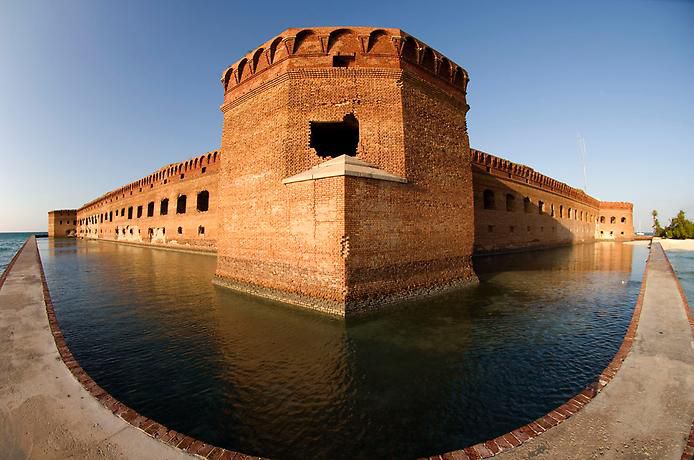
Dry Tortugas, Florida
Fly Geyser, Nevada
This awesome site is actually a man-made small geothermal geyser (a spring). Water is constantly sprayed upwards of five feet, which then sprays into 30 separate pools across 74 acres. Whoa. And thanks to a series of minerals and thermophilic algae, the Geyser has the most glorious color display – as you can see below. We’re not joking, this really is not photo-shopped.
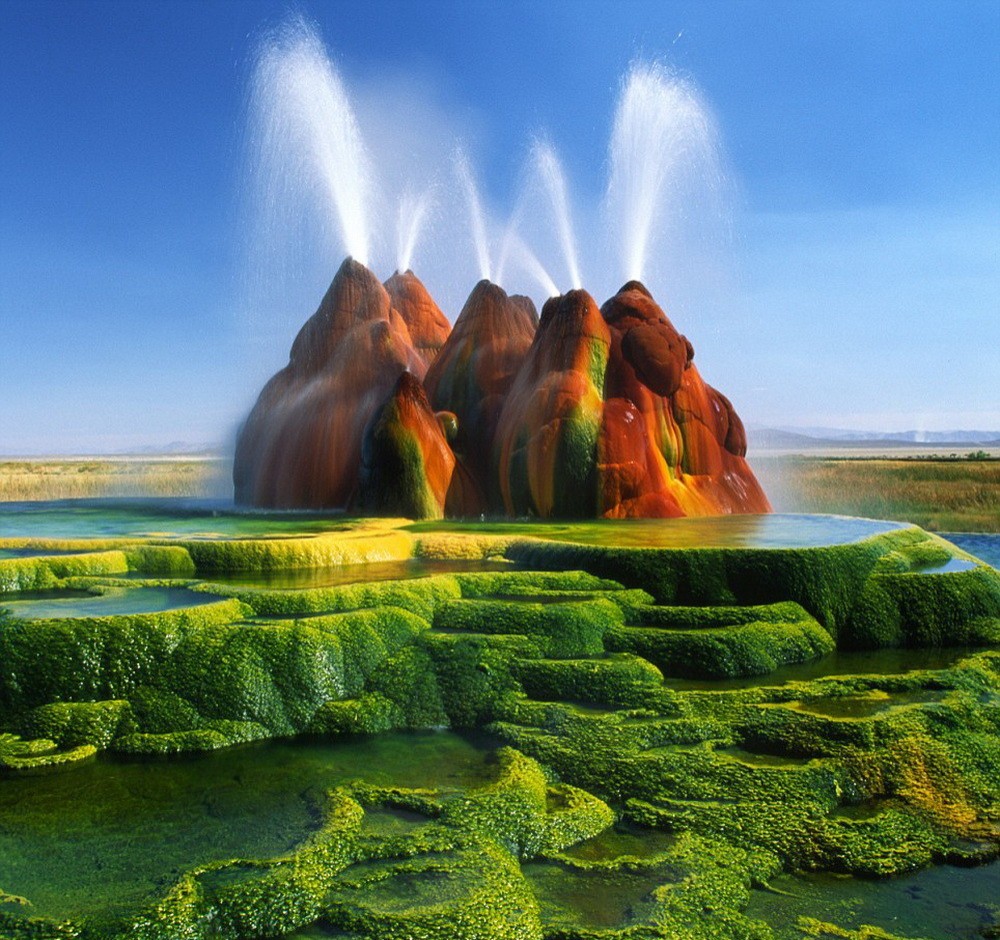
Fly Geyser, Nevada
Glacier National Park, Montana
You’ve probably heard of it but just never bothered to take a trip there, as you can see from the picture, it has incredible sights. Such as sparkling clear rivers, wild meadows, and even towering waterfalls that take your breath away.
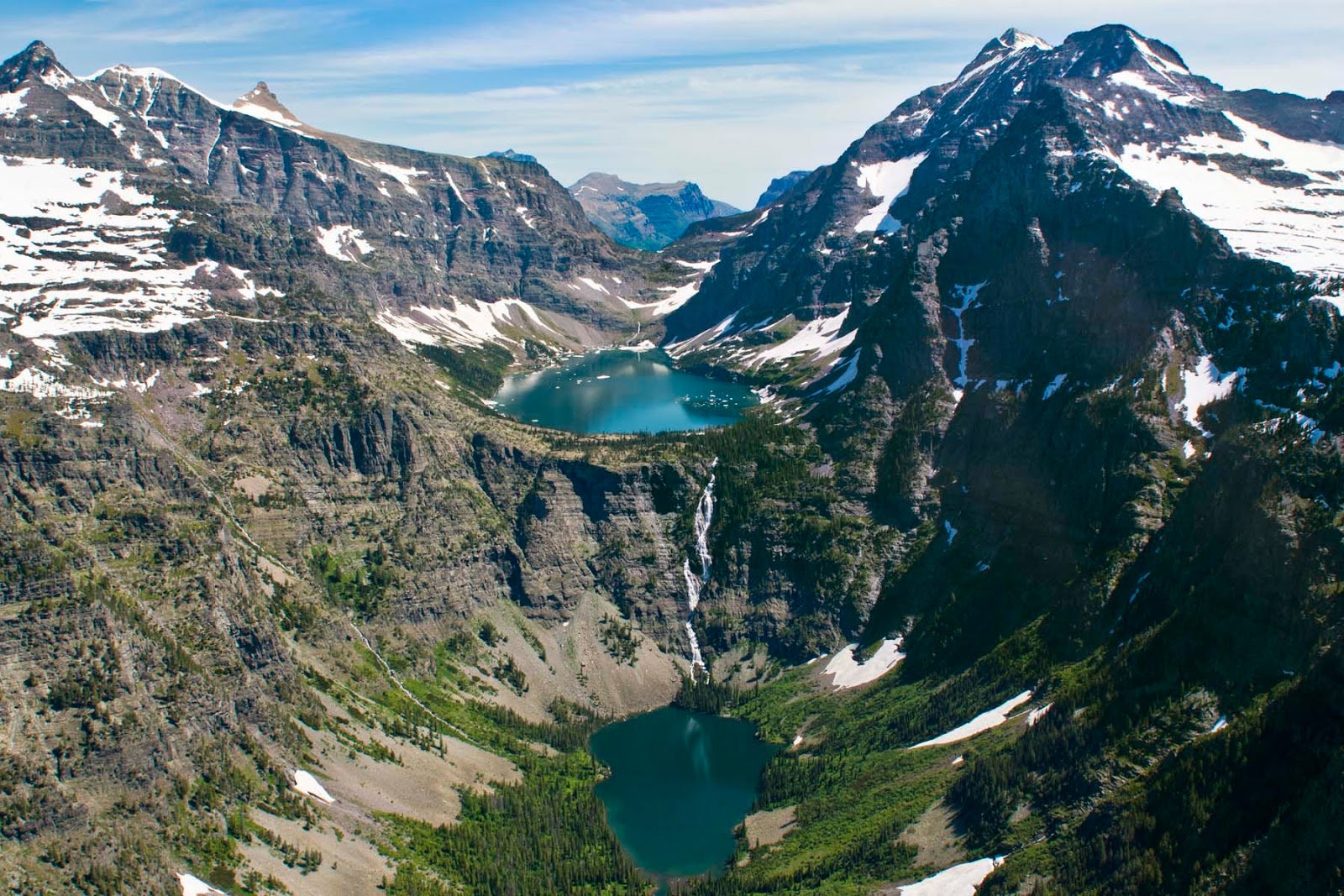
Glacier National Park, Montana
Glass Beach, MacKerracher State Park, CA
Sadly the story behind this beach isn’t a good one. Glass Beach is in fact a beach in MacKerricher State Park near Fort Bragg, California, which is drowning in sea glass created from years of dumping garbage into an area of a coastline just near the northern part of the town. Thousands of tourists journey here in the summer months.
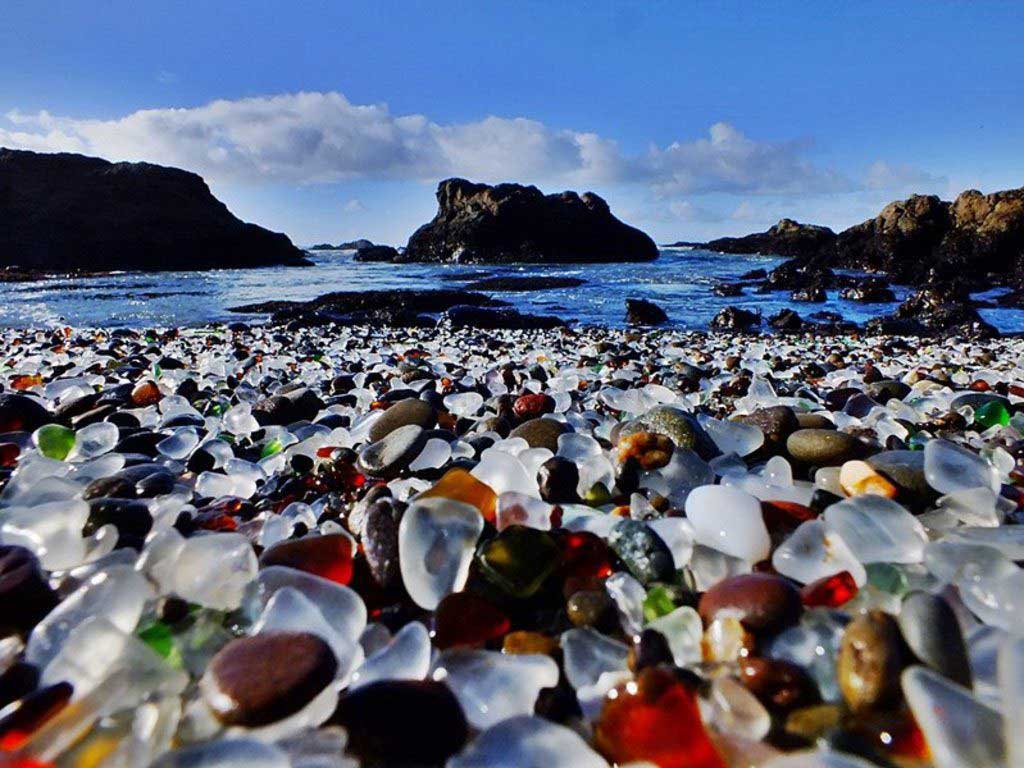
Glass Beach, MacKerracher State Park, CA
Grand Prismatic Spring, Yellowstone, Wyoming
Did you know that the Grand Prismatic Spring in Yellowstone National Park is actually the largest hot spring in America, and the third largest in the world? That’s pretty neat. The spring got its name because of its striking coloration – the colors match the rainbow dispersion of white light cast by an optical prism: red, orange, yellow, green, and blue.
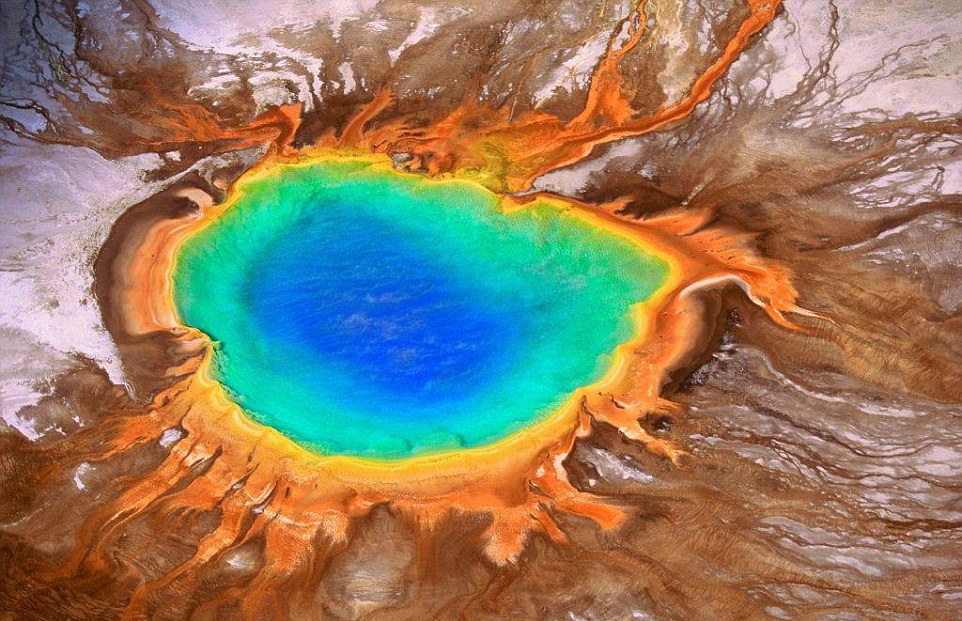
Grand Prismatic Spring, Yellowstone, Wyoming
Grand Teton National Park
Now this park has one of the largest undamaged ecosystems in the world, impressive. In fact, the ecosystem at Grand Teton is almost untouched, that you can still find a species of flora and fauna, which only existed during prehistoric times. There are also find thousands of plants, dozens of mammals, and over 300 species of birds. Enjoy camping, biking, bird watching, or horseback riding all during your visit here.
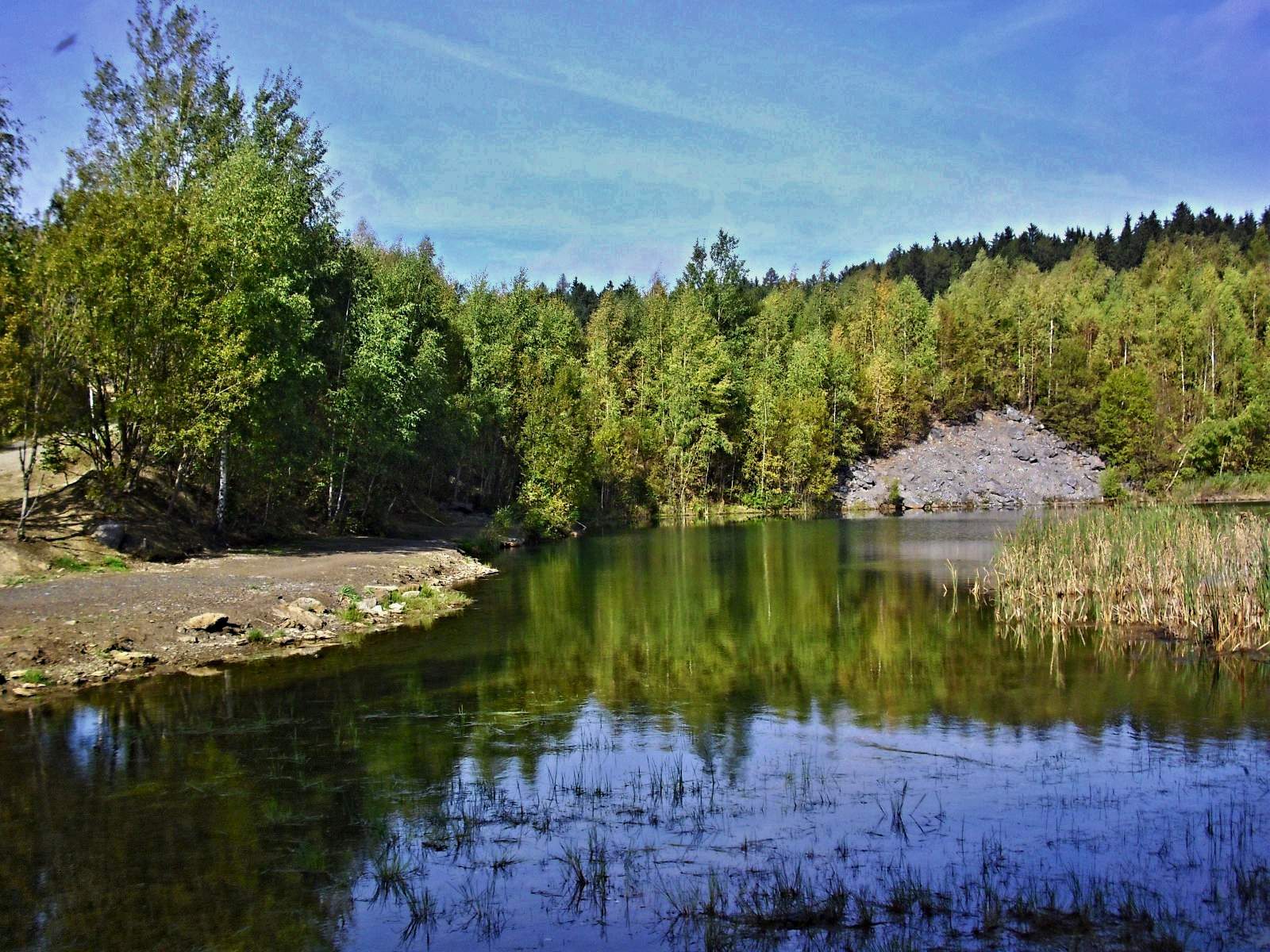
Grand Teton National Park
Hamilton Pool Preserve, Texas
This Texan hotspot is a natural pool that was created way back when the dome of an underground river collapsed due to massive erosion thousands of years ago. The pool has 232 acres of protected natural habitat that features a jade green pool into which a gorgeous 50-foot waterfall flows.
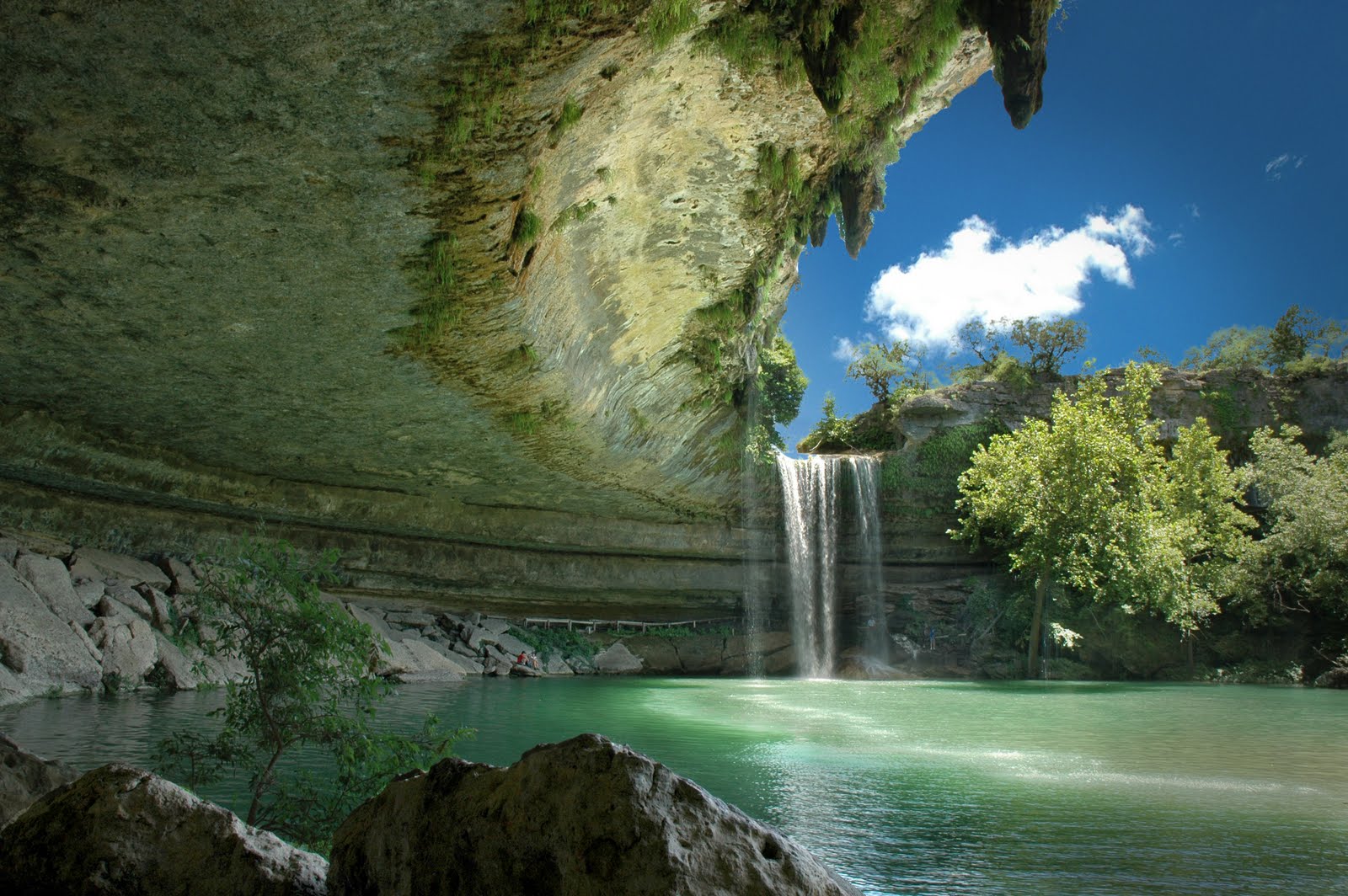
Hamilton Pool Preserve, Texas
Hawaii Volcanos National Park
Have you ever wanted to see a volcano up close without all the dangers that surround such a natural event? You’re in luck. The Hawaiʻi Volcanoes National Park, established back in 1916, is a United States National Park which encompasses two active volcanoes: Kīlauea, which happens to be one of the world’s most active volcanoes, and Mauna Loa, the world’s most massive shield volcano. Oh yeah, sign me up!
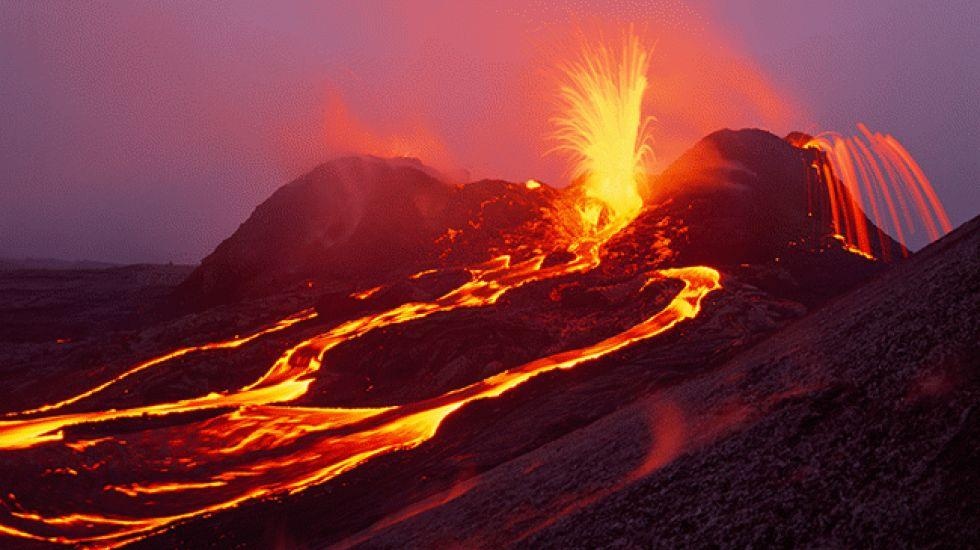
Hawaii Volcanos National Park
Jacob’s Well, Wimberley, Texas
From the very opening of the creek bed, Jacob’s Well cave descends vertically for about 30 feet (gulp), then continues downward at an angle throughout a series of chambers separated by narrow restrictions, finally reaching an average depth of 120 feet. This cave has been explored and mapped by many cave divers and it’s also an attraction for quite a number of open-water divers. What do you think? Fancy a go?
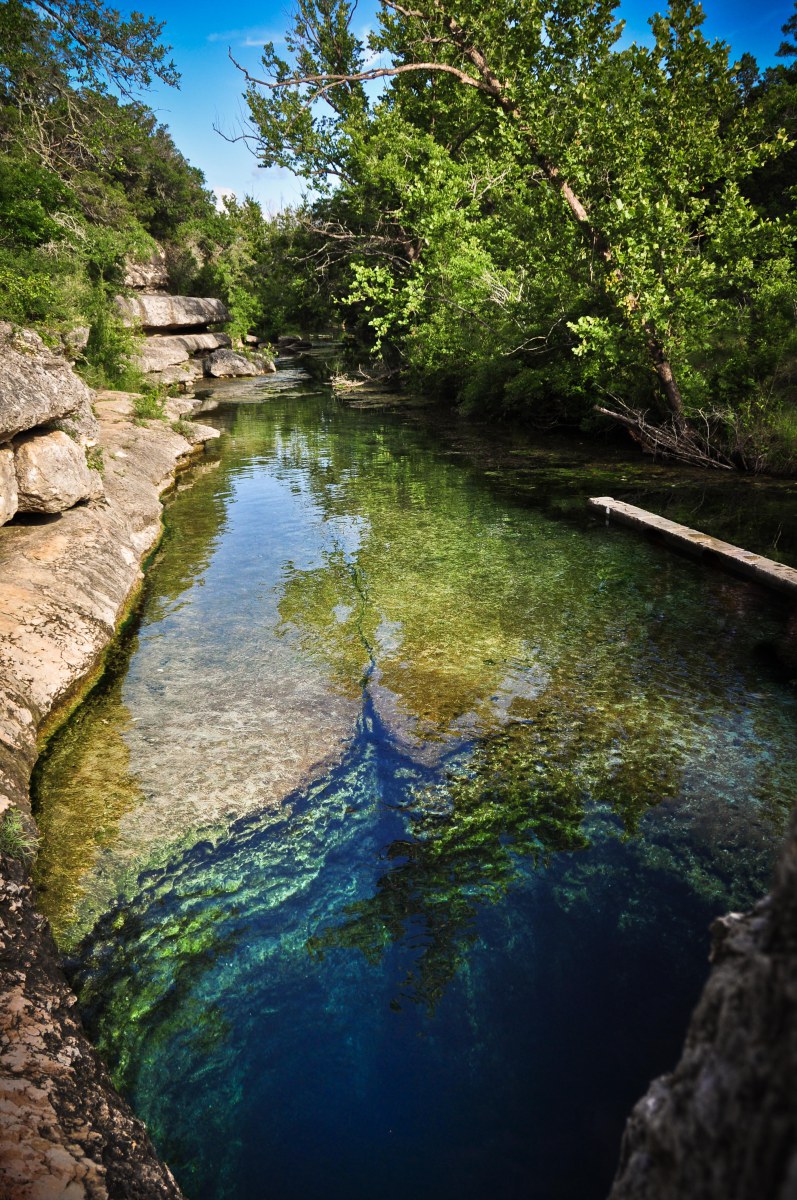
Jacob’s Well, Wimberley, Texas
Skagit Valley Tulip Field, Washington
The colors in the picture below might look filtered but that’s all Mother Nature! Every year in Northwest Washington State, the Skagit Valley holds a tulip festival that is of course inspired by these amazing tulips and over one million people flock to the attraction.
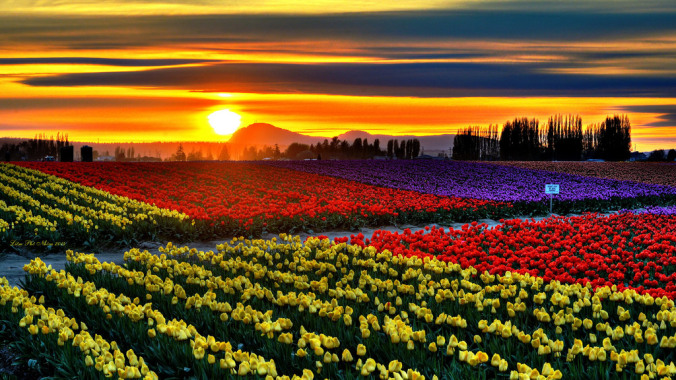
Skagit Valley Tulip Field, Washington
The Grand Canyon, Arizona
The Grand Canyon is one of those sights that everyone says doesn’t disappoint you when you go visit, and it’s so true. It’s also one of the world’s premier natural attractions, bringing in about five million visitors per year! Apart from just some casual sightseeing, you can also go skydiving, rafting, camping, hiking, running, and take a helicopter tour.
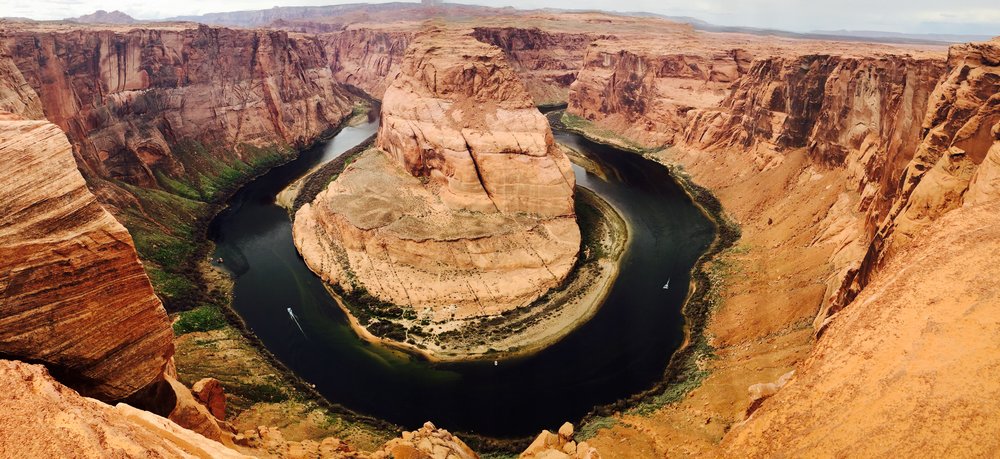
The Grand Canyon, Arizona
White Sands National Monument, New Mexico
Imagine yourself sledding down powdery sand dunes, cycling through a national monument, and camping all wrapped up in one place. That’s all possible at the mesmerizing White Sands National Monument in New Mexico, an experience that will stay with you forever. Remember this though, the stunning white sands are so rare that they are listed on the Registrar of Historic Places.
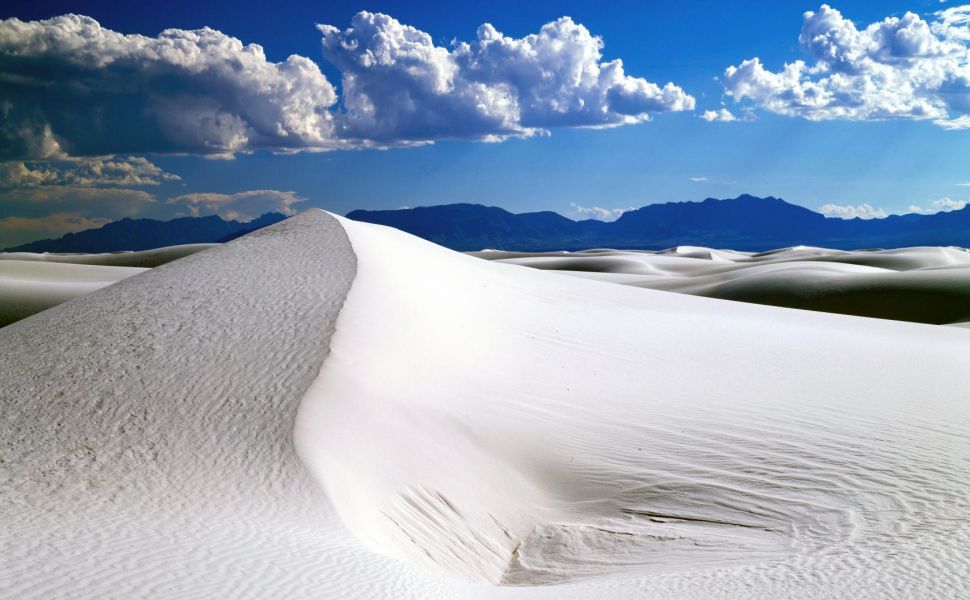
White Sands National Monument, New Mexico
Yosemite Valley, Half Dome, CA
Clearly this valley gets its name due to its rather distinct shape (one side is a sheer face while the other three sides are smooth and round, making it appear like a dome cut in half). You’re a real trooper if you hike the Half Dome Cable Route, which runs from the valley floor to the tip top of the dome. It gets some 1,000 hikers per day (day!). It’s a real “into the wild” experience.
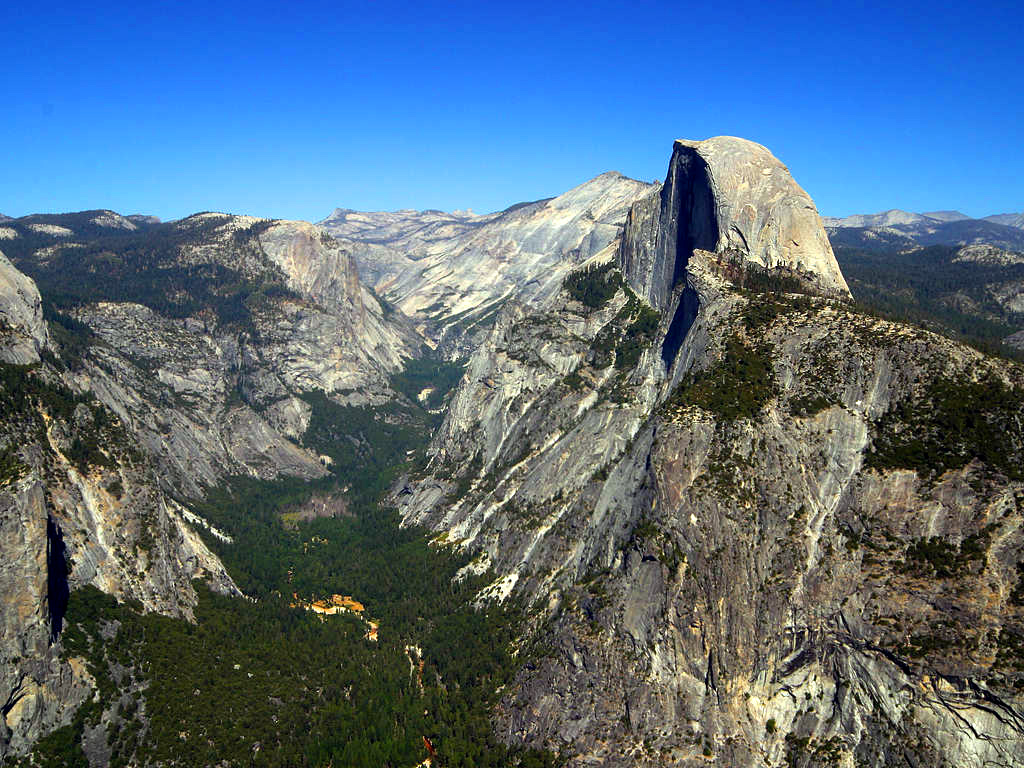
Yosemite Valley, Half Dome, CA



